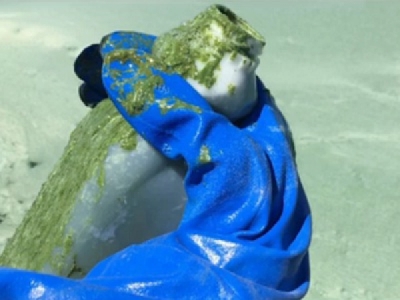
Posted on July 28, 2016
Long-term cleanup of PCB contamination of the Hudson River appears to making modest progress, according to data presented last week by EPA Deputy Branch Chief Marc Greenberg.
Speaking to members of a Community Advisory Group, Greenberg said that while it’s not yet safe to consume fish from the Hudson River, the massive dredging project completed last year by GE with EPA oversight appears to be having a positive effect.
The dredging project impacted a 40-mile stretch of the upper Hudson River between Fort Edward and Troy, New York.
After an expected initial spike in PCB levels in fish tissue following the dredging, concentrations are now below 1997 levels.
The current range of PCB levels in fish is between 1 and 5 parts per million. The goal is 0.05 ppm.
EPA says several more years of data will be needed to understand the project’s impact on reducing PCB levels in fish. The agency expects to publish a 5-year review next April.
Source: WaterWorld





